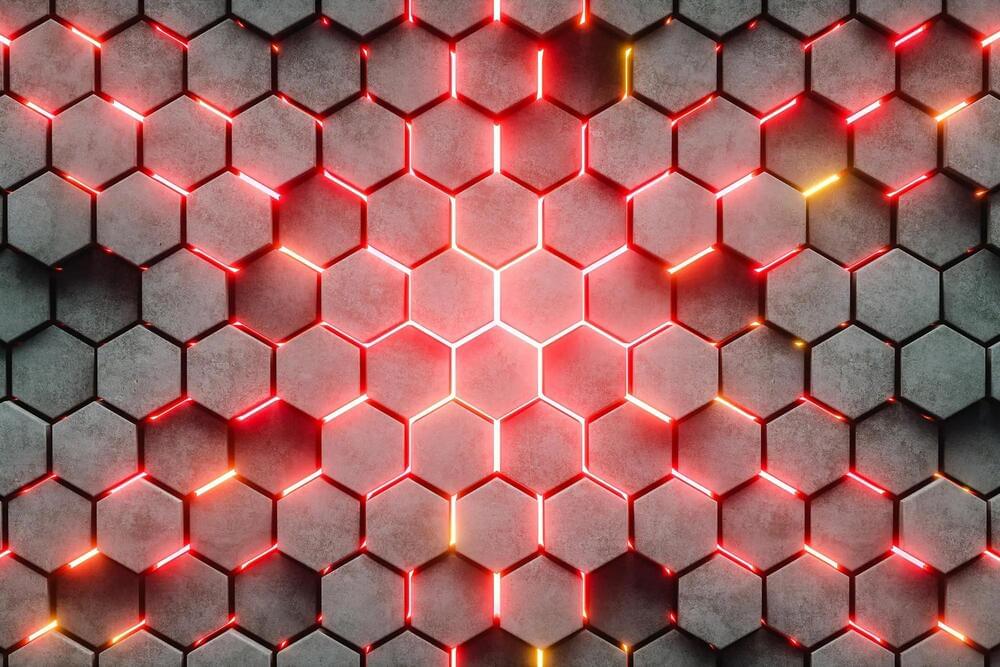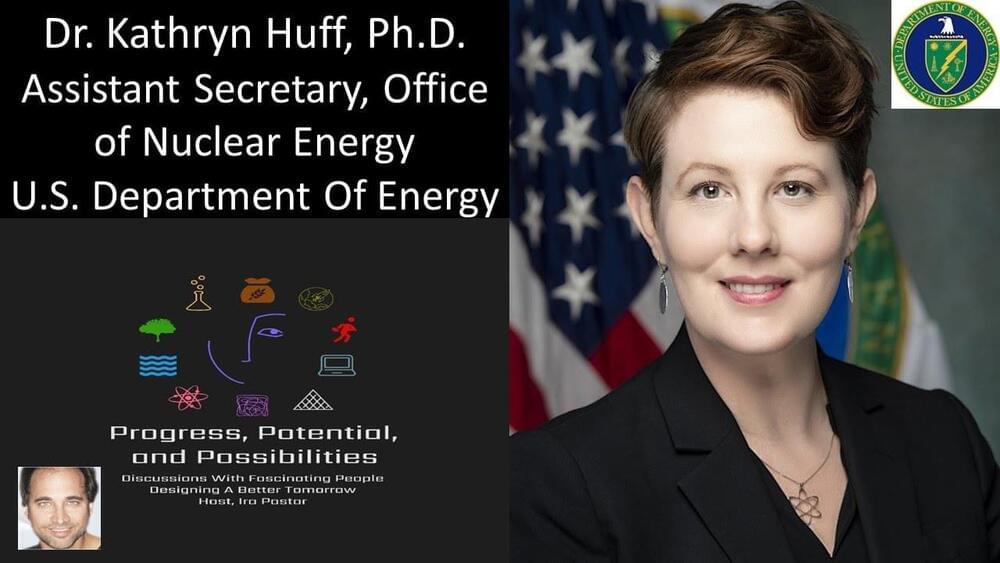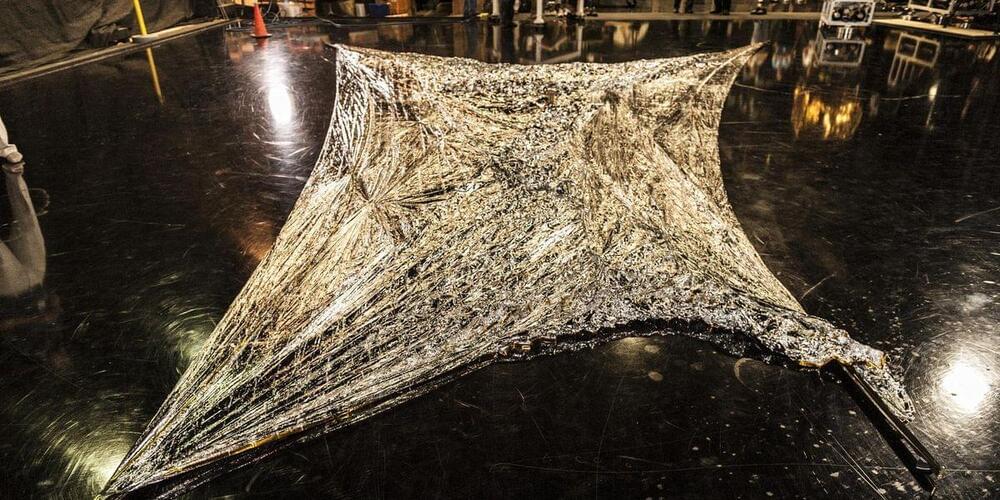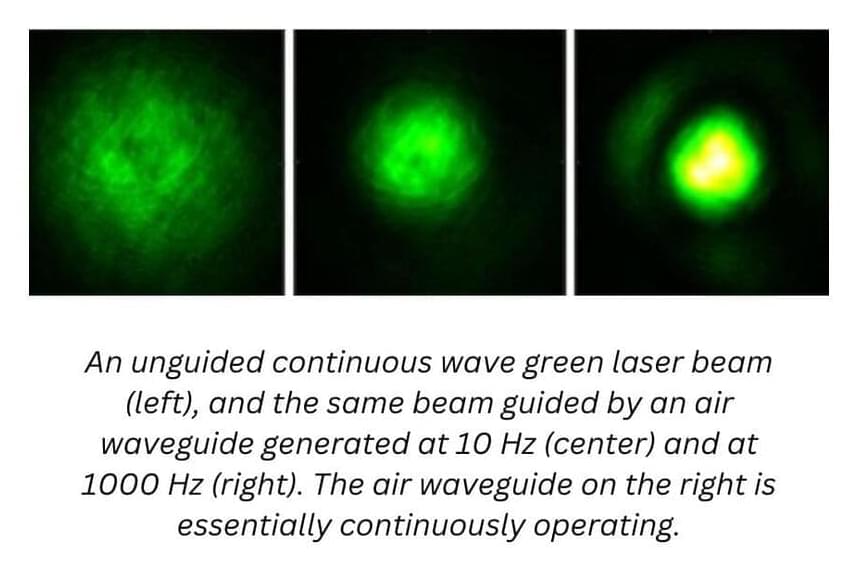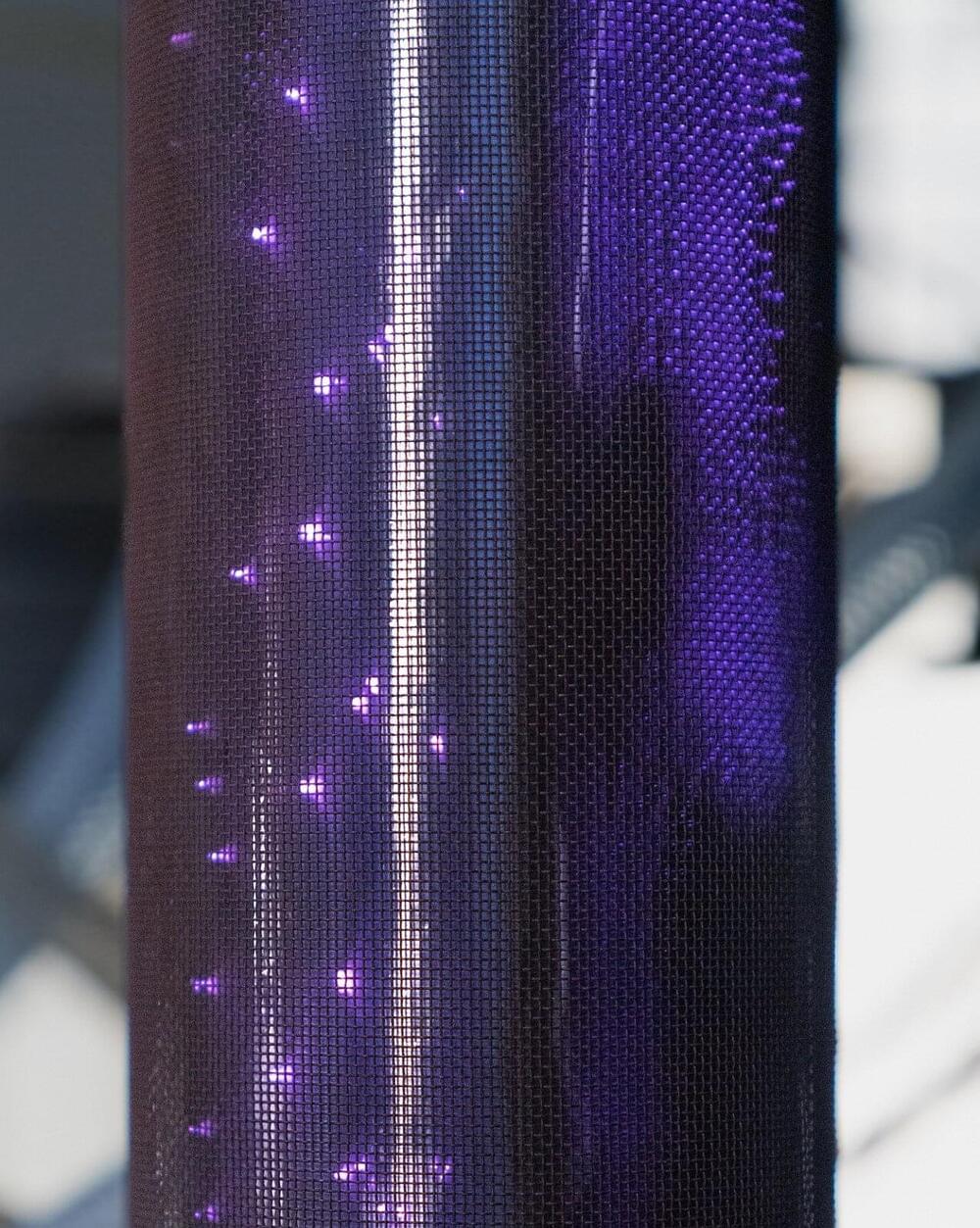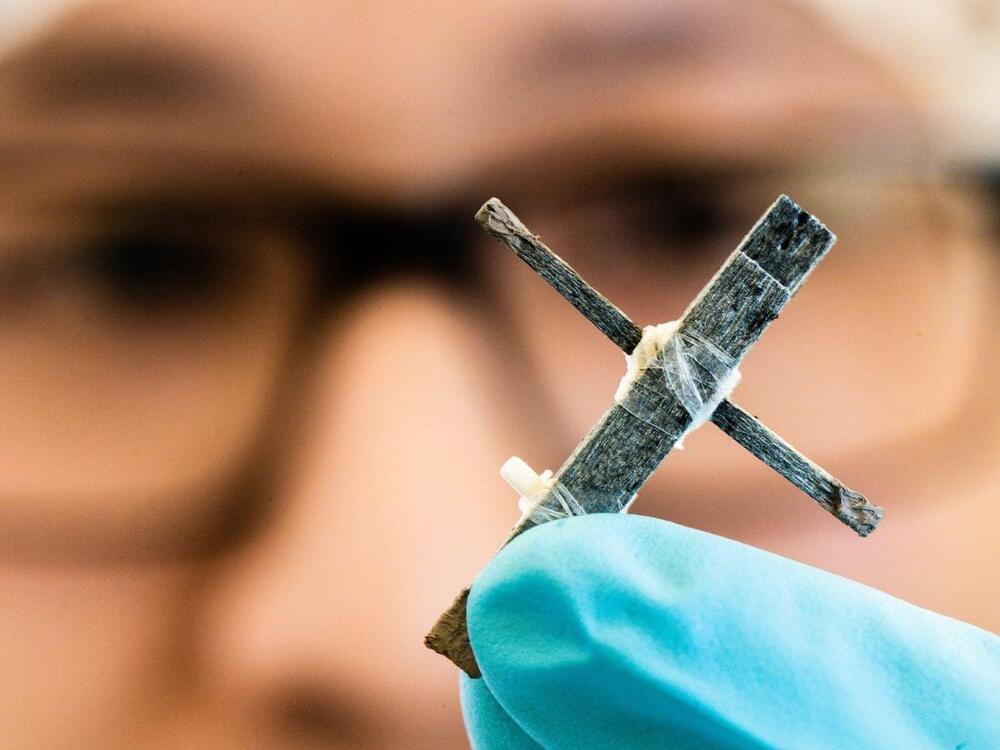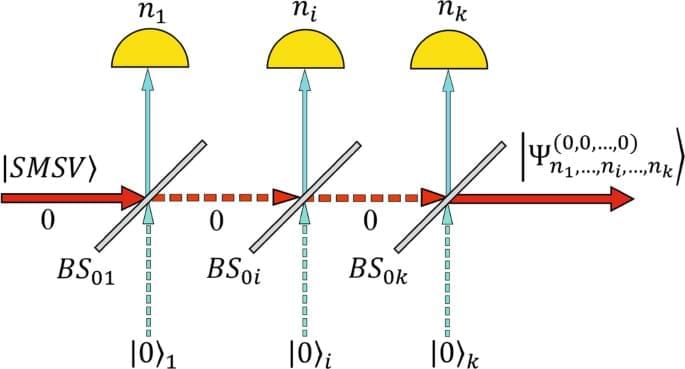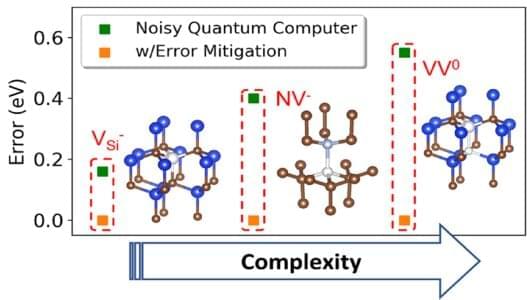2D materials, which are finer than even the thinnest onionskin paper, have garnered significant attention due to their remarkable mechanical attributes. However, these properties dissapate when the materials are layered, thus restricting their practical applications.
“Think of a graphite pencil,” says Teng Li, Keystone Professor at the University of Maryland’s (UMD) Department of Mechanical Engineering. “Its core is made of graphite, and graphite is composed of many layers of graphene.
Graphene is an allotrope of carbon in the form of a single layer of atoms in a two-dimensional hexagonal lattice in which one atom forms each vertex. It is the basic structural element of other allotropes of carbon, including graphite, charcoal, carbon nanotubes, and fullerenes. In proportion to its thickness, it is about 100 times stronger than the strongest steel.
